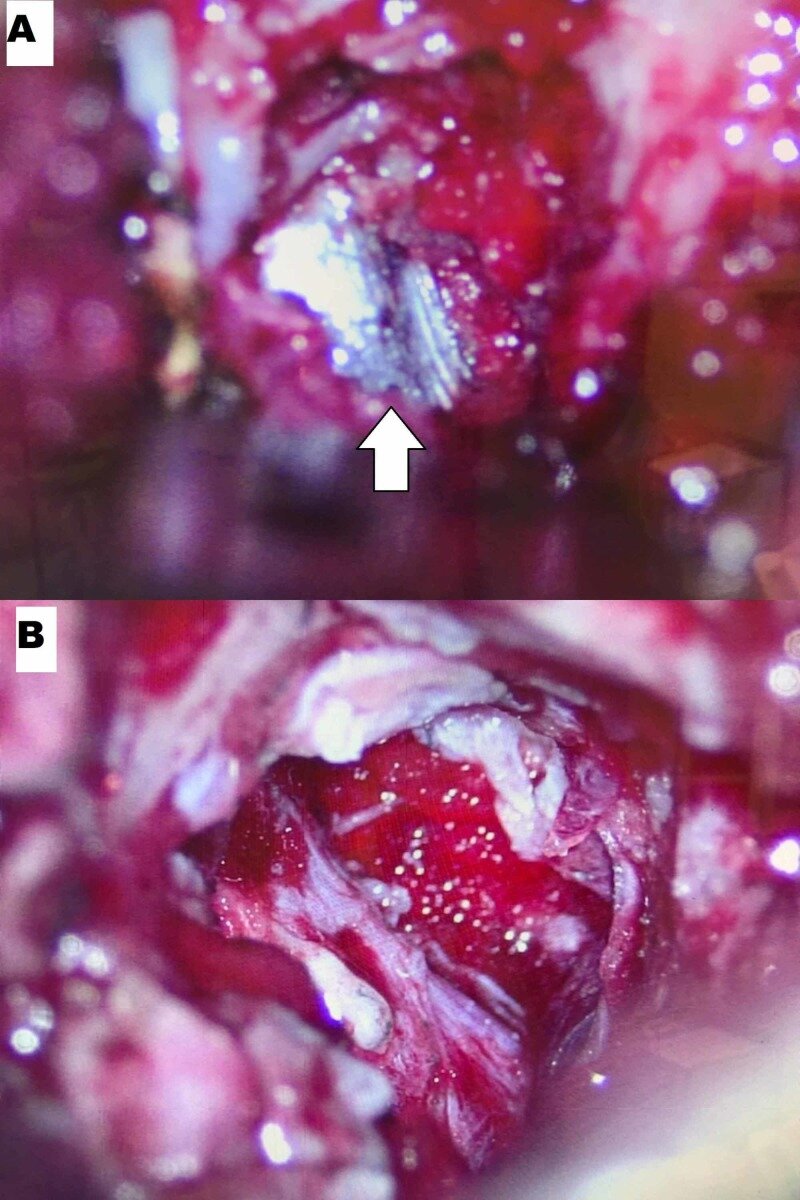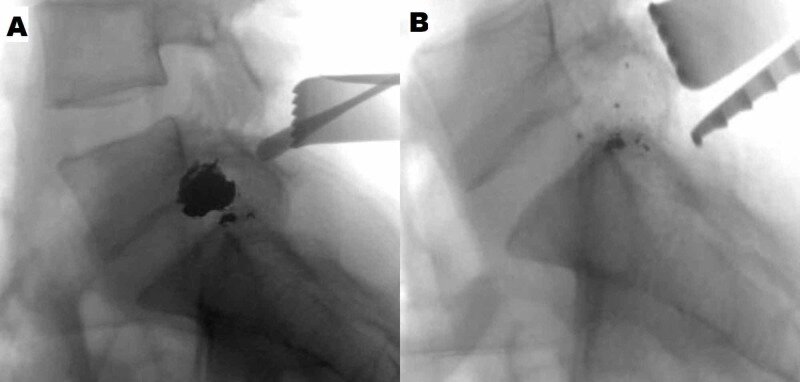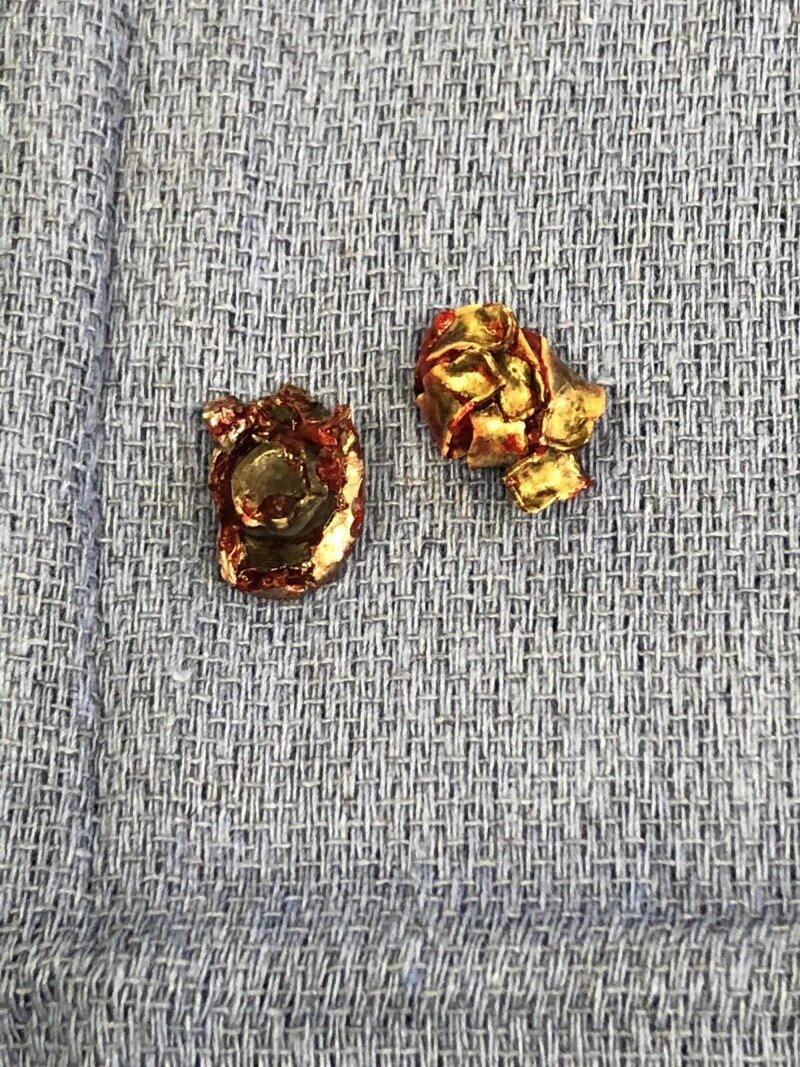World Neurosurg. 2019 Aug;128:e970-e974. doi: 10.1016/j.wneu.2019.05.045. Epub 2019 May 14.
Abstract
OBJECTIVE:
Tumors of the greater sciatic foramen remain difficult to treat. They often have both intrapelvic and extrapelvic components that may limit visualization and make safe resection of the tumor difficult. Therefore the goal of the present anatomic study was to quantitate how much additional surgical working space could be gained by transection of the sacrospinous and sacrotuberous ligaments.
METHODS:
Sixteen sides from 9 fresh-frozen Caucasian cadaveric torsos underwent transgluteal dissection and exposure of the greater sciatic foramen and associated liagments. With the piriformis in place, the vertical and horizontal diameters of the greater sciatic foramen were measured. Next, the sacrotuberous and sacrospinous ligaments were cut at their ischial attachments. The vertical diameter of the now confluent greater and lesser sciatic foramina (V2) was measured.
RESULTS:
The mean vertical diameter of the greater sciatic foramen (V1) was 54.8 ± 9.7 mm. The horizontal diameter of the greater sciatic foramen had a mean of 44.3 ± 6.1 mm with a range of 30-52 mm. After transection of the sacrotuberous and sacrospinous ligaments, the vertical distance of the greater and lesser sciatic foramina (V2) had a mean of 74.8 ± 6.8 mm with a range of 60.1-90 mm. The mean ratio of V2 to V1 was 1.40.
CONCLUSIONS:
The vertical length of the greater sciatic foramen increased, on average, 40% after resection of the sacrotuberous and sacrospinous ligaments. The results of this study support an alternative technique for resecting large intrapelvic tumors via a transgluteal approach.
Copyright © 2019 Elsevier Inc. All rights reserved.
KEYWORDS:
Dumbbell tumor; Greater sciatic foramen; Sacrospinous ligament; Sacrotuberous ligament; Sciatic nerve











